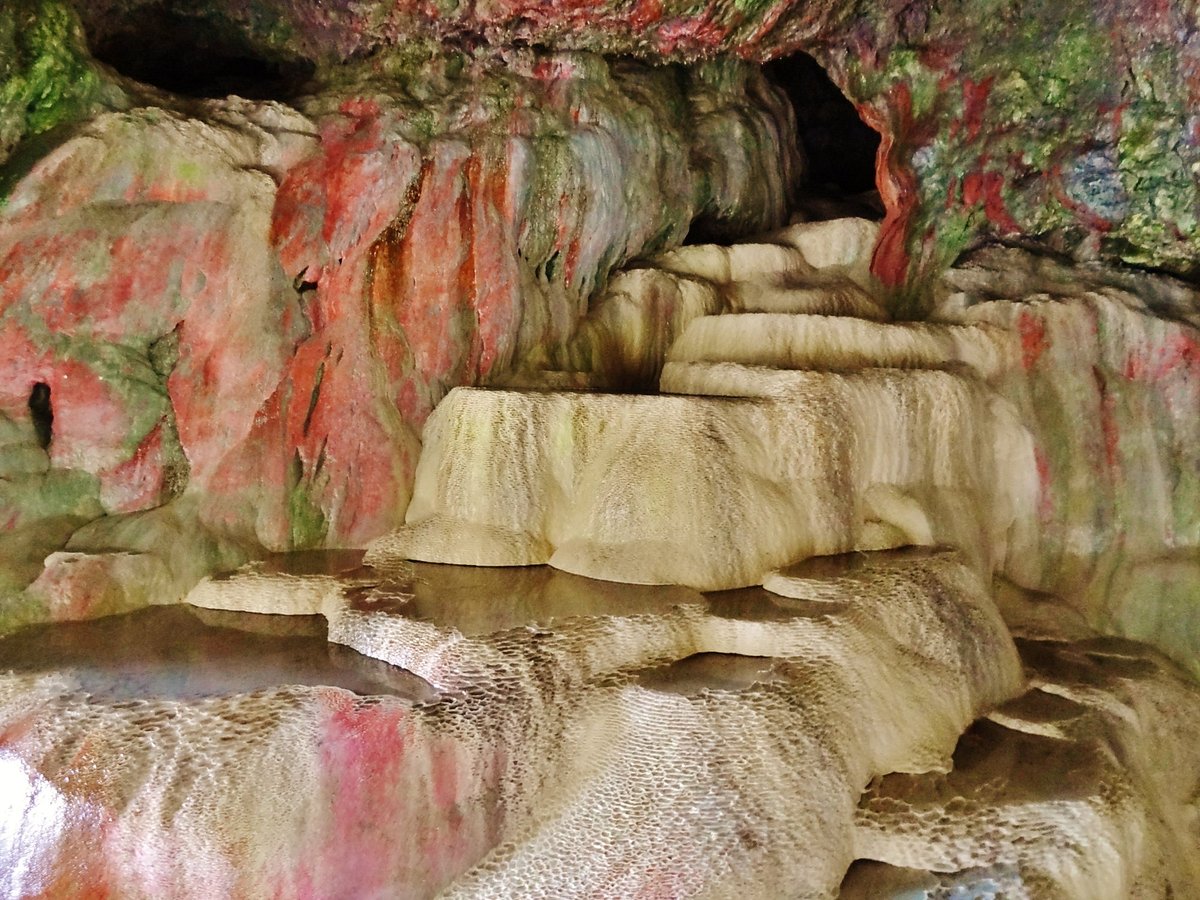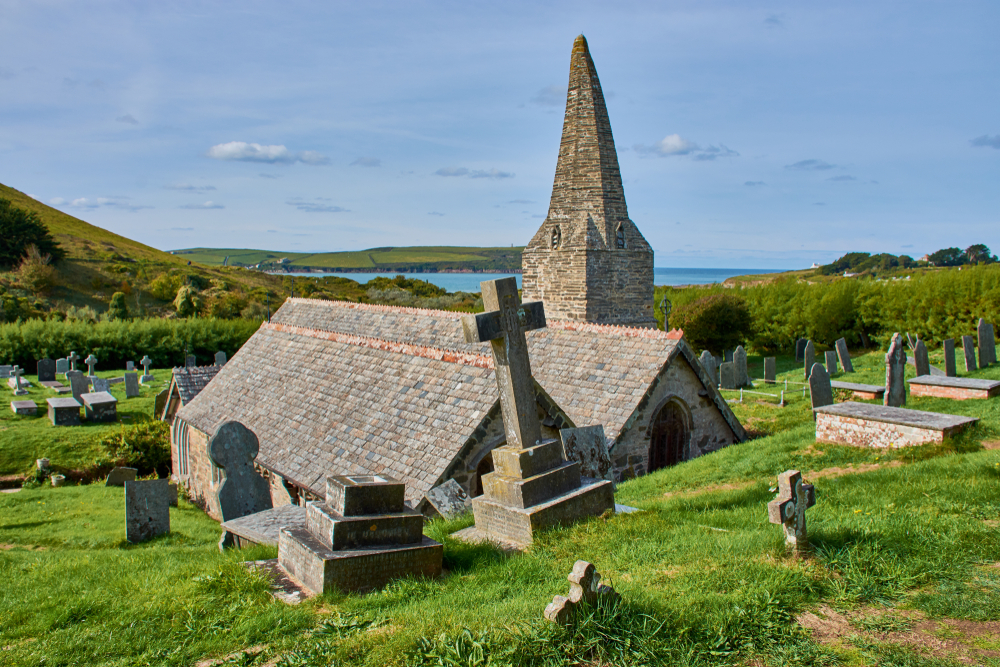Thanks to its deep Celtic roots, Cornwall has a profound religious heritage. There are hundreds of churches and chapels dedicated to long forgotten saints around the county, along with holy wells and medieval crosses to discover. Here are just a few of the sites worth visiting in North Cornwall.
St Petroc – Padstow
Open daily from 9am to 5pm
Within walking distance of Kilden Mor and Padstow harbour, St Petroc is a church rich in history and full of fascinating architectural details. The interior still has an elegant mediaeval wagon roof and 15th century font with carvings of angels and apostles. Look out for the wineglass style pulpit, carved with Reynard the fox preaching to a congregation of geese!
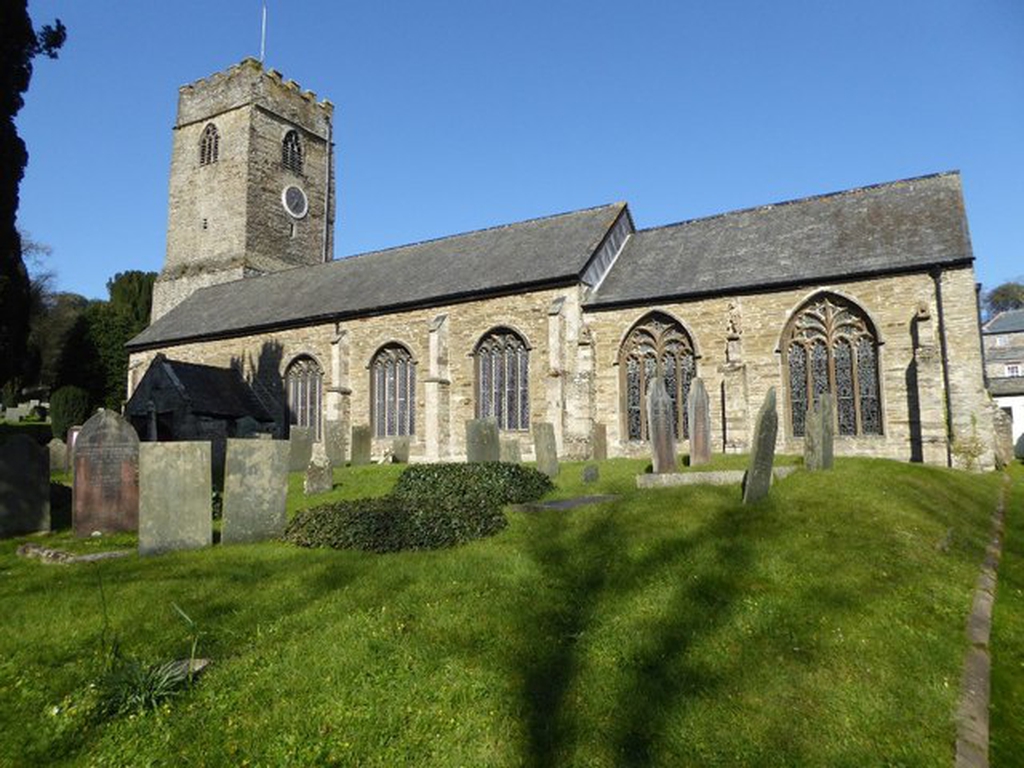
St Petroc Minor – Little Petherick
Open daily from 9am to 5pm
Three miles outside Padstow is another church dedicated to St Petroc and this one is a real must see. Architectural historian Sir Nikolaus Pevsner described it as “one of the architectural highlights of Cornwall.” The medieval building was restored in the early 20th century, at the end of the Gothic revival, which is reflected in an extravagant altar, golden altarpiece and domineering rood screen. Don’t miss the comical statue of St Petroc himself.
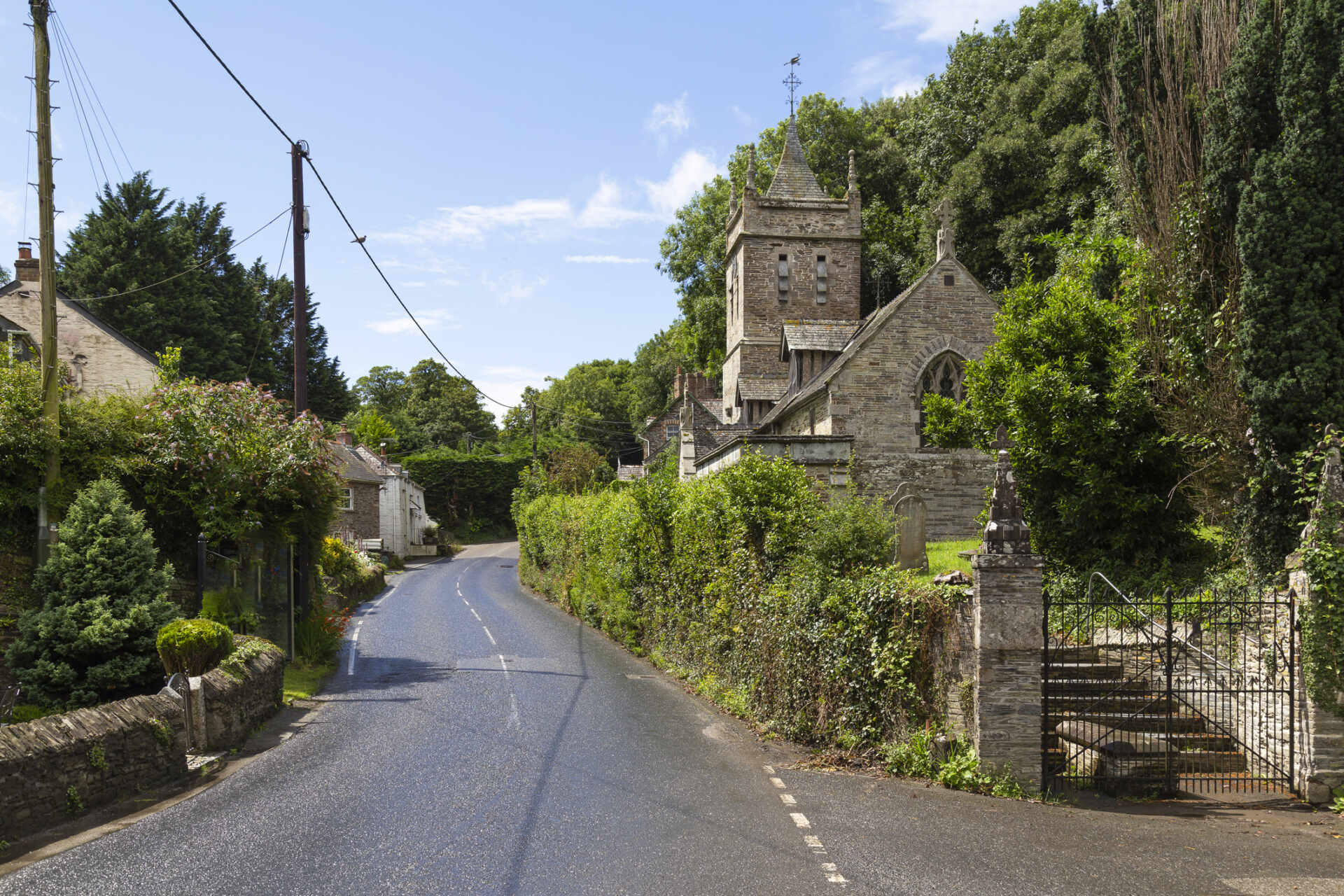
St Enodoc – TrebetherickOpen daily from 7.30am until dusk
“Blessed be St Enodoc,” Sir John Betjeman wrote of the church that would become the famous poet’s final resting place. St Enodoc is on the Camel Estuary, five minutes’ drive north from Rock. With no direct road to the church you’ll need to park at Daymer Bay and walk the footpaths between fairways of the golf course.
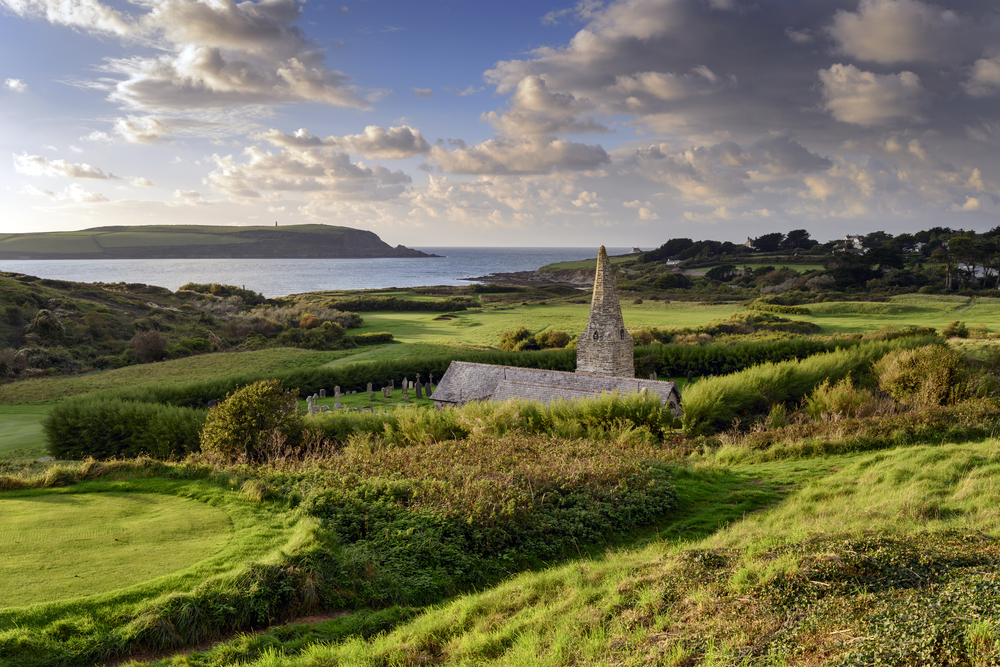
St Tudy – Bodmin
Open daily from 9am to 5pm
Named after St Tudy, whose cult arrived in Cornwall from Brittany in the 6th century, this characterful 16th century building immediately strikes visitors for its exposed wagon roof, now shorn of its Georgian plaster. The church is also known for its engraved slate effigies of local families as well as a monument to local seafarers including Admiral Sir Richard Onslow who was Nelson’s second in command, and Admiral William Bligh, notorious victim of the famous mutiny on the Bounty.
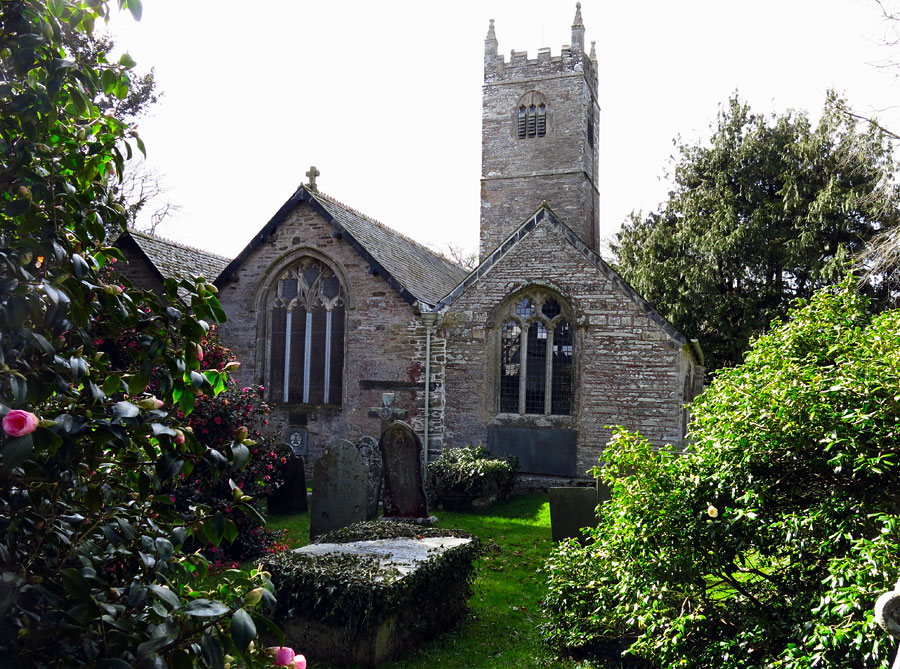
St Clether Church – Bodmin Moor
The chapel is privately owned but usually open to the public
Built on the north side of Bodmin Moor, St Clether is perhaps most interesting for what lies nearby. The Holy Well is just a short walk from the church in the tranquil valley of the River Inney. It’s the largest well building in Cornwall, with water passing from a spring covered by a small stone building to the chapel. It then flows through the church before passing out through the south wall and into the river. Visitors beware, the well is also said to be home to the ghost of Reverend Baring-Gould, who helped save the chapel in the late 19th century.
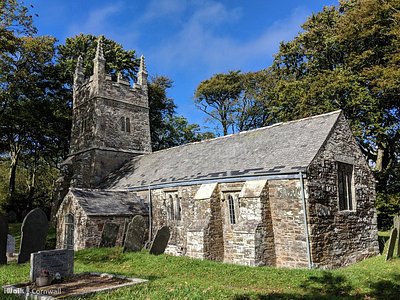
St Issey – Wadebridge
Open daily from 9am to 5pm
This Gothic revival church is packed with wonderful details including a chancel covered in Victorian stencil decorations. A stone reredos (altarpiece) is brightened by the surrounding red walls and a piscina (basin) decorated with striking red and green tiles.
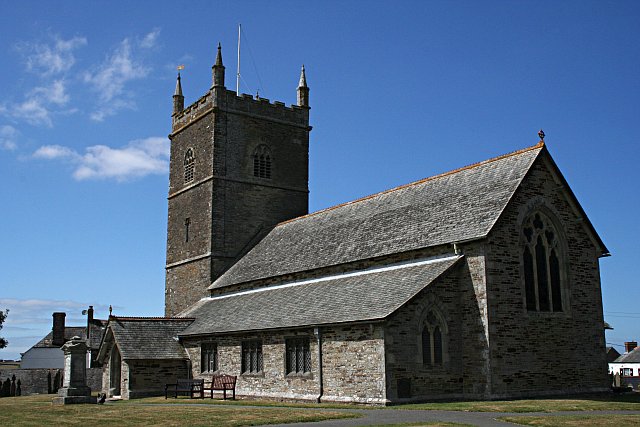
The Sacred Spring at Holywell Bay
Accessible all year round at low tide
Holywell Bay is a wide windswept beach that looks out to a pair of distinctive slate stacks known as the Gull Rocks. Visit the east side of the beach at low tide and you can discover the healing waters of the Holy Well that gave the beach its name. Steps cut deep into the stone ascend through around 20 feet to the well itself, filled by water seeping through the multi-coloured rock. People visited here for centuries for its curative properties, thought to cure childhood diseases.
